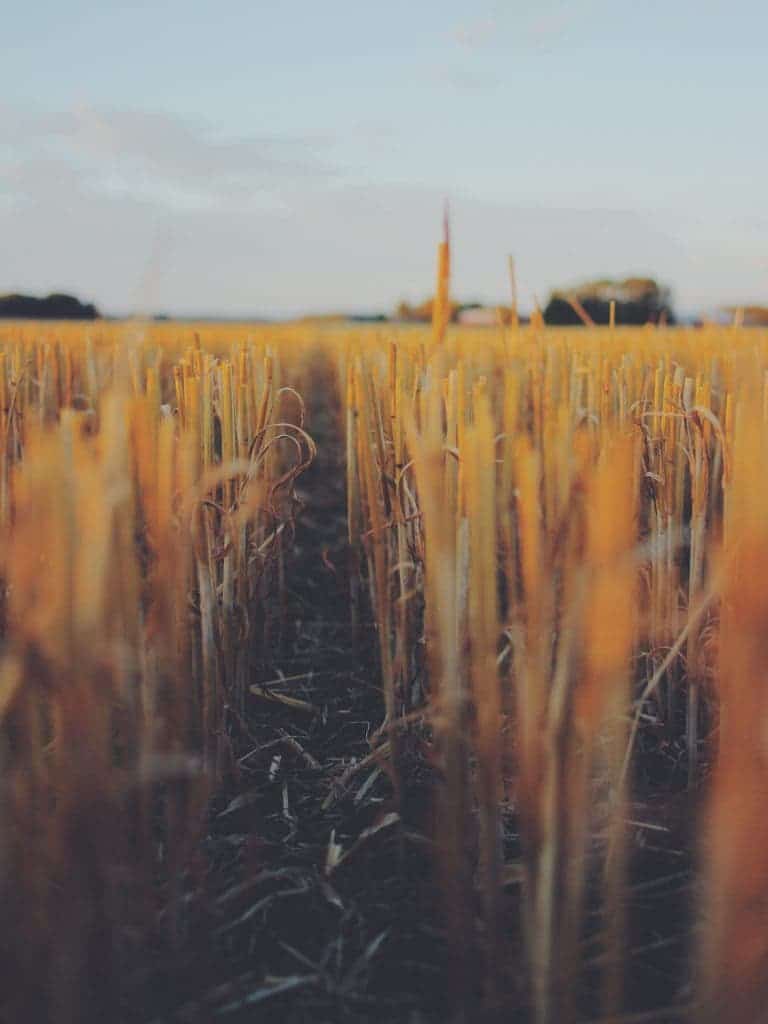Agriculture is a difficult topic to tackle – on one hand, it has to keep up with the growing demand from a growing population, but on the other hand, agriculture accounts for a big part of our greenhouse gas emissions, and there is a need to limit emissions as much as possible.
Land usage has mostly reached its limit – by now, it’s clear that the key is not using more land, it’s how we grow our crops that has to change. Smart farming has become not only an option for the future, it’s becoming a necessity. The food industry has become much more efficient in the last few decades as a result of globalization, but also a lot more vulnerable to shocks. Climate change will lead not only to increased temperatures, but the extreme weather it causes in North, South America and Asia are likely to also lead to global food shortages. Agriculture is among sectors most vulnerable to the impacts of climate change, and it has to adapt – the solution is smart agriculture.
Current challenges
Forbes explains that world food production must increase by 70% by the year 2050. The increase is needed to meet the worldwide growth in population. Traditional methods of farming are not sufficient to meet this increased demand for food. The farming industry faces several challenges:
· Low profit margins: Farming is a business that generates low profit margins. Say, for example, that your farm operates on a 5% profit margin. You don’t have any excess profit to invest in new farming methods.
· Risk: Farming can be very risky. Your farm is exposed to wide fluctuations in the price of the crops you sell. Most farmers take out large loans to buy seed and equipment, the pay those loans back after they harvest. The harvest can be affected by weather, disease and crop prices.
· Lack of tech knowledge: Most farmers have not used technology in their businesses until recent years. While smart farming can improve the farmer’s outcomes, that farmer will need to learn how to use technology.
These issues impact the ability of the farmer to use smart farming techniques.
Operating more efficiently
Smart farming helps the farmer operate more efficiently. A farmer can use technology to optimize each process they perform and make informed decisions about costs:
· Crop yields, soil mapping: It’s critically important for a farmer to analyze how they use their farmland. Technology can help the farmer assess the amount of crops he or she can harvest per acre (crop yield). Tech also allows the farmer to map out exactly which soil should be used for a specific type of crop (soil mapping).
· Plant health: Smart farming can be used to monitor the condition of plants in the field. Technology allows the farmer to quickly analyze air temperature, humidity and the amount of dissolved oxygen. The farmer can make decisions on how much water to use on plants. Tech tools can also check for plant disease.
Farm animal management
Smart farming is a valuable tool to manage farm animals. Technology can be used to assess the health of animals. An animal’s weight and physical condition can be assessed using technology. This analysis can help the farmer manage the amount of food and water each animal needs. If an animal needs medical attention, technology can identify the issue quickly.
Small operations
These same tools can be used for small farming operations and for gardening. Technology can help the small operator decide on which plants to grow, depending on the geographic location and exposure to sunlight. Tools are available to monitor plant growth and detect disease.
The world must grow food more efficiently to meet the needs of a growing population. Smart farming tools can help a farmer make informed decisions and increase crop yields.




